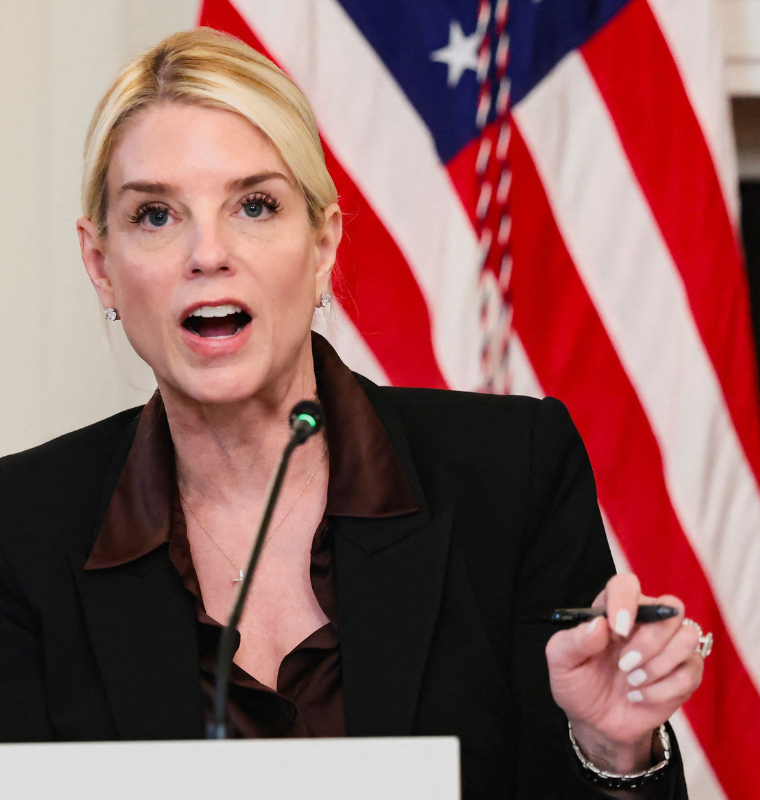Stellantis Unveils $13 Billion U.S. Expansion Plan to Rebuild Domestic Auto Leadership
Stellantis Unveils $13 Billion U.S. Expansion Plan to Rebuild Domestic Auto Leadership
By
Calder Monroe
Last updated:
October 15, 2025
First Published:
October 15, 2025

Photo: Yahoo News Canada
In a bold push to strengthen its U.S. manufacturing base, Stellantis, the parent company of Jeep, Chrysler, Dodge, and Ram, has announced a sweeping $13 billion investment plan across its American operations over the next four years. The automaker says the move will create more than 5,000 new jobs and significantly increase domestic vehicle production as part of a broader strategy to reassert its presence in one of the world’s most competitive auto markets.
A Major Step Toward U.S. Revival
Under the leadership of CEO Antonio Filosa, Stellantis is executing what it calls a “domestic turnaround strategy,” designed to reignite U.S. sales that have plummeted by over 40% since 2018. The company’s last major high point came that year, when—then known as Fiat Chrysler—it sold more than 2.2 million vehicles in the American market.
“We set a clear goal from day one—to grow in our largest and most strategic market, the United States,” Filosa said in an interview. “This investment marks a long-term commitment to innovation, jobs, and American manufacturing.”
The $13 billion plan will include new vehicles, plant upgrades, and R&D projects through 2029, touching operations in Michigan, Illinois, Indiana, and Ohio. According to the company, the initiative will increase U.S. production by 50%, reflecting Stellantis’ shift from cost-cutting to growth-driven operations after several challenging years.
Plant Investments and New Models
Among the headline projects, Stellantis confirmed that it will produce a new midsize truck at its Toledo, Ohio facility through a $400 million investment. Meanwhile, its Belvidere, Illinois plant—previously shuttered—will reopen to build two all-new Jeep models, a major move welcomed by both the local community and the United Auto Workers (UAW).
In Michigan, the company plans to introduce a next-generation Dodge Durango SUV, as well as a range-extended hybrid and internal combustion large SUV, signaling Stellantis’ ongoing shift toward electrified options without abandoning traditional engines.
Additionally, Stellantis will inject hundreds of millions of dollars into its Kokomo, Indiana powertrain hub to advance new hybrid and EV technologies, while also modernizing R&D and supplier facilities to align with its global “Dare Forward 2030” strategy.
Context: A Political and Economic Backdrop
The timing of Stellantis’ announcement aligns closely with President Donald Trump’s renewed push to strengthen U.S. manufacturing through high tariffs on imported vehicles and auto parts. The administration’s trade policies have pressured automakers to expand domestic production, though Filosa noted that tariffs were not the primary motivation behind the company’s decision.
“Automakers must think beyond short-term policy changes. Our focus is on building sustainable competitiveness,” he said.
Stellantis Chairman John Elkann had already outlined the company’s intention to Trump earlier this year, emphasizing its commitment to American jobs and industry revitalization.
Jobs, Contracts, and Union Relations
While the company confirmed that 5,000 jobs will be created, it remains unclear how many of these are new versus part of previously negotiated commitments under the 2023 UAW labor contract, which included $18.9 billion in U.S. investments through 2028.
However, Stellantis clarified that several project details have shifted since those initial agreements. For example, a $1.5 billion midsize truck project originally slated for Belvidere has now been relocated to Toledo.
The automaker’s U.S. footprint currently spans 34 facilities across 14 states, including manufacturing plants, R&D centers, and distribution hubs, employing over 48,000 people nationwide.
Market Impact and Investor Reaction
Investors responded positively to the news. Stellantis’ U.S.-listed shares jumped more than 5% in after-hours trading on Tuesday, signaling renewed confidence in the automaker’s long-term growth trajectory despite its stock being down 24% for the year.
Analysts suggest that the massive investment could serve as a catalyst for Stellantis to regain lost ground against rivals Ford and General Motors, particularly as the company accelerates its EV transition.
Industry watchers also see this move as a signal that Stellantis is positioning itself for a new era of American manufacturing dominance, blending innovation, electrification, and job creation at a scale not seen since before the pandemic.
A Strategic Reawakening
For CEO Antonio Filosa, this moment marks more than just a financial commitment—it’s a statement of purpose. “We’re not just investing in factories; we’re investing in the future of American workers and the future of mobility,” he said.
With a clear roadmap extending to 2029, Stellantis is betting big on the U.S. market once again—this time, with a sharpened focus on innovation, sustainability, and homegrown production power.
Popular articles
Subscribe to unlock premium content
Virtual Prestige and the Rise of Gaming Skins as Status Symbols

Filtered Reality and the New Age of Social Media Beauty Standards

From Racks to Riches and the Rise of Gen Z Thrift Fashion

Virtual Prestige and the Rise of Gaming Skins as Status Symbols

Filtered Reality and the New Age of Social Media Beauty Standards

Virtual Prestige and the Rise of Gaming Skins as Status Symbols









